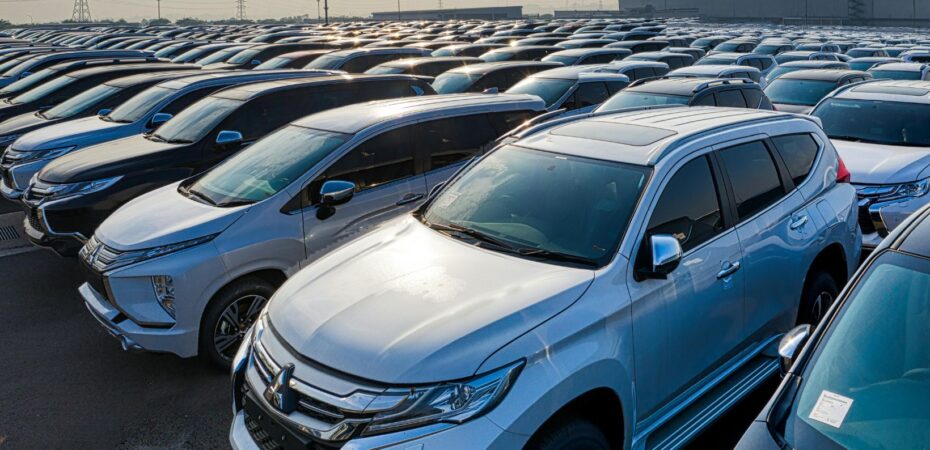Airport rental counters look familiar until local rules shift deposits or damage checks in surprising ways. Small differences in paperwork, inspection steps, and toll systems can add preventable cost and stress.
A few direct questions at the desk can remove guesswork before you turn the key and drive. Those answers protect your time and budget when small differences pile up across a long drive.
Iceland adds weather, gravel, and long empty stretches that magnify small service gaps for visitors in a hurry.
Providers focused on travelers, like Car rentals in Iceland, build routines for those roads and conditions. Early clarity on pickup, insurance, and support keeps trips calmer from the first mile to the return scan.
Before You Pick Up The Car
Most desks ask for a passport, a valid license, and a credit card with available funds. Some countries also want an International Driving Permit, which is a translation and not a replacement.
Expect a walkaround with the agent, and record photos of each panel, wheel, and windshield. Ask the agent to timestamp the inspection photos by standing beside the car during inspection.
Use desk time to fix four items that often create disputes long after the return handoff. Confirm the fuel rule, and ask where the nearest open station sits at your return hour.
Note mileage limits and the cost per extra kilometer, since capped contracts add surprise fees quickly. Request the exact per liter or per gallon refill charge that applies if you return short.
Ask about road restrictions, including seasonal closures, gravel access, and interior routes that require higher clearance vehicles. Clarify toll handling, including any administration fees added to each cashless toll after billing arrives.
For official guidance on permits, review the United States Department of State resources source. Keep a photo of your documents and permit saved offline, because cell coverage can fail at busy counters.
Insurance And Help On The Road
Coverage shapes the size of the deposit hold that sits on your card after pickup. A base package covers damage above a stated deductible, which you must personally pay first.
In places with flying gravel and strong winds, glass and tire coverage can be the smarter add. Ask whether damage to mirrors and headlights counts under the same glass policy language in the contract.
Breakdown help matters more than most people expect on long rural routes during shoulder seasons. Ask who answers the phone after midnight and how fast help usually arrives on remote stretches.
Confirm whether towing or onsite replacement is covered, or reimbursed later through paperwork and emails. Write the emergency number on paper and store it in the glove box, not only on your phone.
Also ask whether water damage, sand, or entering closed roads voids coverage during poor weather weeks. Request the actual numbers for deductibles and exclusions in writing on your printed agreement, clearly.
Small questions at the desk often prevent large arguments during return when tired staff rush closing. If any answer sounds vague, ask the agent to circle the matching paragraph on a printed policy sheet.
Choose The Right Car For Your Trip
Match your car choice to the roads you plan to drive, not just to the seats needed. City streets favor compact cars, which are easier to park and cheaper to fuel daily. Coastal ring roads see strong winds, so heavier models can feel steadier at posted highway speeds.
Long wheelbase vans can catch crosswinds, so test highway stability before committing to long distances.
Interior gravel routes reward higher clearance and four wheel drive during shoulder months with rains or thaw. Electric models suit urban days with predictable distances and overnight charging available at city hotels.
Hybrids can stretch range between sparse rural stations, which helps when hours vary outside summer. Ask the counter about spare tire type, because repair kits cannot fix every puncture in rough regions.
Think through cargo, passengers, and access to charging or fueling before you press the booking button. Families appreciate wagons or crossovers with flat loading space for strollers, coolers, and day packs.
If you plan mountain passes, confirm the availability of snow tires or chains required by local rules. Bring a small flashlight for night loading, since many lots sit in dim corners away from bright lights.
Local Rules That Can Cost You Money
Every country has rules that add quiet fees when missed, even by careful travelers on short trips. Iceland requires headlights at all times, and some routes post changing limits based on weather status.
Child seats must meet local standards, and cameras can ticket your plate number automatically without stops. Some towns require paid parking disks, which must display arrival time on the dashboard for wardens.
Bills reach you later through the rental agreement, often with an added processing fee per incident. Costs also shift with where you collect and return the car within busy cities, daily.
Airport pickups include local surcharges that city branches avoid with a quick shuttle ride there. One way fees between distant branches can surprise renters, so verify the exact cost before booking dates.
Ask about grace periods, because a thirty minute delay can trigger a full extra day billed. If toll tags or road sensors are installed, request the schedule of charges before you leave.
Save screenshots of rate tables and timing rules, which help contest errors once statements finally arrive. Keep parking receipts for sixty days, since mailed tickets sometimes trail the trip by several weeks.
How To Return The Car The Right Way
Plan the last thirty minutes of your trip with the same care as the first hour. Refuel at the nearest open station, then take a second set of photos in daylight.
Arrive early for a joint walkaround, and ask the agent to note the condition carefully. Keep a simple checklist in your notes app, so stress does not erase easy steps near closing.
Keep copies of the intake photos and the final signed receipt together in one simple folder. Buckle every passenger, and keep to posted limits even on quiet rural stretches near town.
Do not treat gravel roads like open tracks, because braking distance changes quickly on loose surfaces. Stay within marked pullouts for photos, since soft shoulders can collapse under parked vehicles after rain.

A Smoother Trip Behind The Wheel
A smooth rental abroad rests on steady habits that travel well across borders for most drivers. Ask direct questions at pickup, match coverage and vehicle to the roads, and photograph both handoffs. Stack those basics, and the car becomes a helpful tool instead of a worry for your trip.


 By
By 




